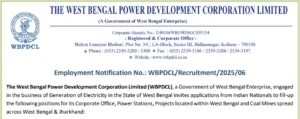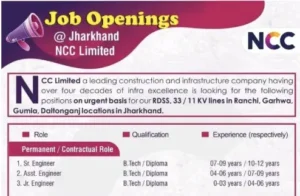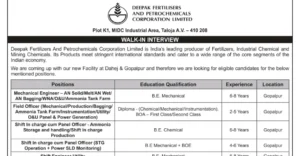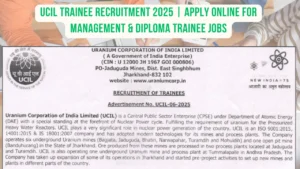81. The language in which Buddha preached?
- Hindi
- Urdu
- Pali
- Hebrew
Answer: C.Pali
Explanation: Buddha preached his messages in Pali, the vernacular language spoken then in north India.The language of the ancient Buddhist scriptures was Pali Tripitaka is the collection of the teachings of the Bud dha in the Pali language. It consists of three sections of the Buddha’s Teachings: Vinaya Pitaka, Sutta Pita ka and Abhidhamma Pitaka.
82. Ashoka was a king of which dynasty?
- Pradyota
- Haryanka
- Maurya
- Nanda
Answer: C.Maurya
Explanation: Ashokawas an ancient Indian emperor of the Maurya Dynasty who ruledalmost all of the Indian sub continent from c.268 to 232 BC. One of India’s greatest emperors, Ashoka reigned overthe entire Indian subcontinent except parts of present-day Tamil Nadu Karnataka and Kerala.
83. Who was the founder of the Sat vahana Empire?
- Kanha
- Simuka
- Hala
- Gautamiputra
Answer: B.Simuka
Explanation: Simuka was the founder of the Satavahana Dynasty. He is mentioned as the first king in a list of Roy in a Satavahana inscription at Nanaghat. He lieved to have destroyed the Shunga Power in eccan with the aid of the Rathikas and Bhojaka He reigned for around 23 years and was beheade by his brother Kanha, who succeeded him.
84. One of the following Indus Valley sites is in Pakistan –
- Lothal
- Kalibangan
- Alamgirpur
- Harappa
Answer: D.Harappa
Explanation: Harappa is an archaeological site in Punjab, Pakistan. The site takes its name from a modern village located near the former course of the Ravi River. Harappa contains the ruins of a Bronze Age fortified city, which was part of the Cemetery H culture and the Indus Valley Civilization, centered in Sindh and the Punjab.
85. Ravikirti, a Jain, who composed the Aihole Prashasti, was patronized by –
- Pulakeshin I
- Harsha
- Pulakeshin II
- Kharavela
Answer: C.Pulakeshin II
Explanation: Ravikirti was the court poet of Chalukya King, pulakesin II who reigned from 610 to 642 A.D. He authored the Aihole inscription at Meguti Temple which describes the defeat of Harshavardhana by Pulakes in IIand the shifting of the capital from Aihole to Badami.
86. Name the famous King of Kushan dynasty.
- Kanishka
- Pulakeshin
- Harsha
- Vikramaditya
Answer: A.Kanishka
Explanation: Kanishka was the most famous emperor of the Kushan dynasty (127-151) who ruled an empire ex tending from Turfan in the Tarim Basin to Pataliputra on the Gangetic plain and famous for his military political, and spiritual achievements. He convened the 4th Buddhist Council in Kashmir and provided en couragement to both the Gandhara school of Greco Buddhist Art and the Mathura school of Hindu art.
87. From which modern State did the Alwar saints originate?
- Tamil Nadu
- Kerala
- Karnataka
- Maharashtra
Answer: A.Tamil Nadu
Explanation: In South India, the Bhakti movement originated in Tamil Nadu sometime afterthe 7th century AD with the Alwars (Vaishnava saints) and the Adiyars (Shaiva saints).
88. Kalinga war took place in the year –
- 261 BC
- 263 BC
- 232 BC
- 240 BC
Answer: A.261 BC
Explanation: On the basis of Ashokan inscriptions, it cans beestablished that it was fought in 262-261 BC. The Kalinga war, the only major war Ashoka fought after his accession to throne, is one of the major and blood iest battles in the history of India.
89. Harappa is situated on the bank of the river –
- Ganga
- Ravi
- Yamuna
- Sindhu
Answer: B.Ravi
Explanation: Harappa, is an archaeological site in Punjab, north-east Pakistan, which takes its name from a modern village located near the former course of the Ravi Rier. The two greatest cities, Mohenjodaro and Harappa, emerged circa 2600 BC along the Indus River valley in Punjab and Sindh.
90. Which of the following was the capital of the Chola Kings?
- Kanchi
- Tanjore
- Madurai
- Trichirapally
Answer: B.Tanjore
Explanation: Thanjavur, formerly Tanjore, first rose to promi nence during the reign of the Medieval Cholas when it served as the capital of the Chola empire. After the fall of the Cholas, the city was ruled by various dynasties like Pandyas, Vijayanagar Empire, Madurai ayaks, Thanjavur Nayaks, Thanjavur Marathas and the British.













